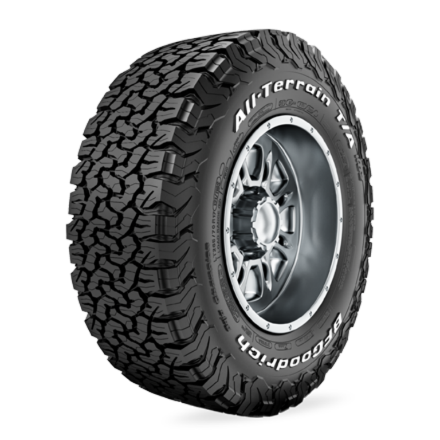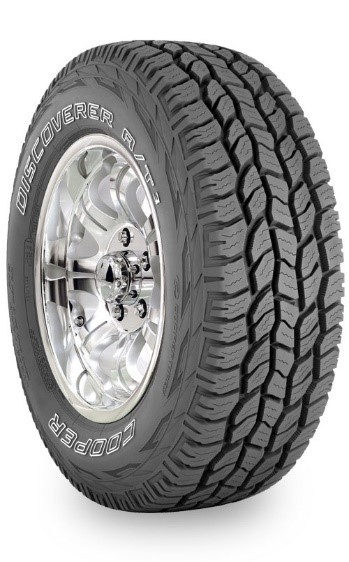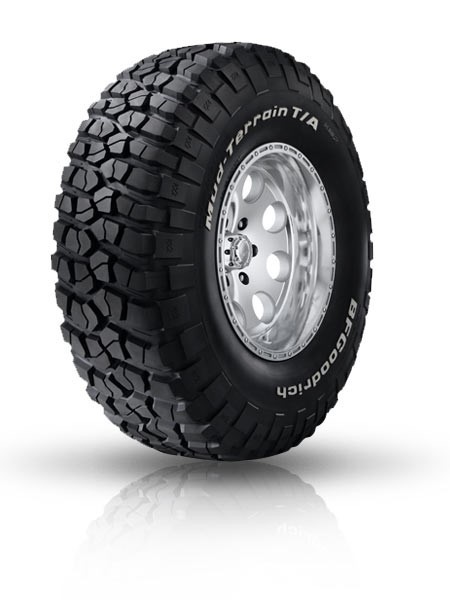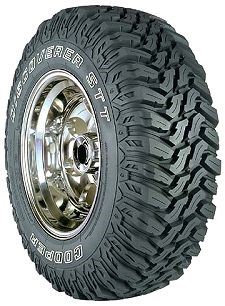All Terrain v Muddies - Pro's and Cons
Published by Peter Harris on 25th Feb 2017
Modifying your SUV: Tyre Upgrades
Modifying vehicles for off-road usage can be an expensive activity, and it must be done correctly! One of the first few things people tend to change on their 4WDs, are the tyres. An upgrade to a decent set of tyres gives your 4WD an immediate boost in off-road capability. Having tyres that are able to effectively put down the power of the vehicle to the terrain are definitely a good investment. Before doing so there are a few questions you will need to ask yourself in order to purchase the correct product. Due to the abundance in tyre types, companies and sizes available out there, it is important to know exactly what you are after and what will fetch you the most value for your money.
What kind of tyre upgrade should I opt for?
Most SUVs today come with a set of HT (Highway Terrain) tyres, which are useless as soon as you leave the tarmac. Therefore, the first questions to answer would be, whether you want to upgrade to an All-Terrain tyre or a Mud-Terrain Tyre.
All-Terrain Tyre

An All - Terrain tyre is your best friend if your vehicle is being used as a daily drive, which turns into a weekend warrior every now and then, or, if you wish to have a good on-road and off-road balance. When compared to a Highway Terrain Tyre, an All - Terrain tyre has deeper treads, which allow it to dig into the terrain and pull you forward. An All-Terrain tyre is generally a mixture of 50% on-road and 50% off-road driving. Do keep in mind that various tyre manufacturers now offer different models of All-Terrain tyres, which vary on their ability to tackle off-road, and on-road terrains. Some tyres could be 20% off-road use and 80% on-road use, or even 40% off-road use and 60% on-road use, so make your decision wisely!
 Pros:
Pros:
- Good balance between on-road and off-road driving.
- Better traction when off-road.
- Better sidewall protection.
- Better self-cleaning abilities of the tyre, resulting in better off-road traction.
Cons:
- Marginally poor on-road performance when compared to Highway Terrain tyres, especially in wet conditions!
- Comparatively noisier than Highway Terrain tyres.
Mud-Terrain Tyre
 This is the tyre for when the going gets tough! This is one of the more aggressive tyres available in the market today. The tread pattern on these tyres is much deeper compared to All-Terrain tyres that results in much better traction when off-road. The deeper tread patterns also result in a much better self-cleaning ability of the tyre. Since the tyre cleans itself with every rotation, you almost never end up with a donut looking tyre in deep mud! This tyre is made of a much softer compound, when compared with All-Terrain and Highway Terrain tyres, which could result in a higher wear and tear rate. Like All-Terrain tyres, Mud Terrain tyres also come in various models, which can be differentiated by their ability to tackle on-road and off-road driving conditions. Some tyres have a split of 80% off-road and 20% on-road, where as others have a split of 100% off-road and 0% on-road driving. Make sure you choose the correct driving split to achieve maximum value for money.
This is the tyre for when the going gets tough! This is one of the more aggressive tyres available in the market today. The tread pattern on these tyres is much deeper compared to All-Terrain tyres that results in much better traction when off-road. The deeper tread patterns also result in a much better self-cleaning ability of the tyre. Since the tyre cleans itself with every rotation, you almost never end up with a donut looking tyre in deep mud! This tyre is made of a much softer compound, when compared with All-Terrain and Highway Terrain tyres, which could result in a higher wear and tear rate. Like All-Terrain tyres, Mud Terrain tyres also come in various models, which can be differentiated by their ability to tackle on-road and off-road driving conditions. Some tyres have a split of 80% off-road and 20% on-road, where as others have a split of 100% off-road and 0% on-road driving. Make sure you choose the correct driving split to achieve maximum value for money.
 Pros:
Pros:
- Excellent off-road traction.
- Excellent self-cleaning abilities of the tyre.
- Much stronger sidewall, resulting in lesser punctures.
Cons:
- Poor traction in on-road conditions, especially when wet.
- Softer compound could lead to higher wear of the tyre when driven on tarmac.
- Significantly noisy on the road.
What tyre size should I upgrade to?
The tyre size you opt for will be decided by what kind of driving you wish to do, what sort of vehicle you drive and what sort of suspension setting you are running. On standard suspension set ups, you will only be able to go one or two sizes up! Do keep in mind, the bigger tyre you run, the more stress you cause on your drive train and drive shafts, which results in a higher rate of wear and tear. In addition, a bigger tyre would definitely be heavier when compared to the standard size, resulting in higher fuel consumption. Keeping the above in mind, running a bigger tyre will give you an instant lift of 1-2 inches (or more) resulting in better ground clearance!
Stay tuned to know more about modifying your suspension set up!
Sujay Vasist, All Four x 4 Spares Researcher & Content Writer
Image Sources
https://www.bfgoodrich.com.au
http://www.1010tires.com
http://www.productreview.com.au
http://www.offroaders.com

